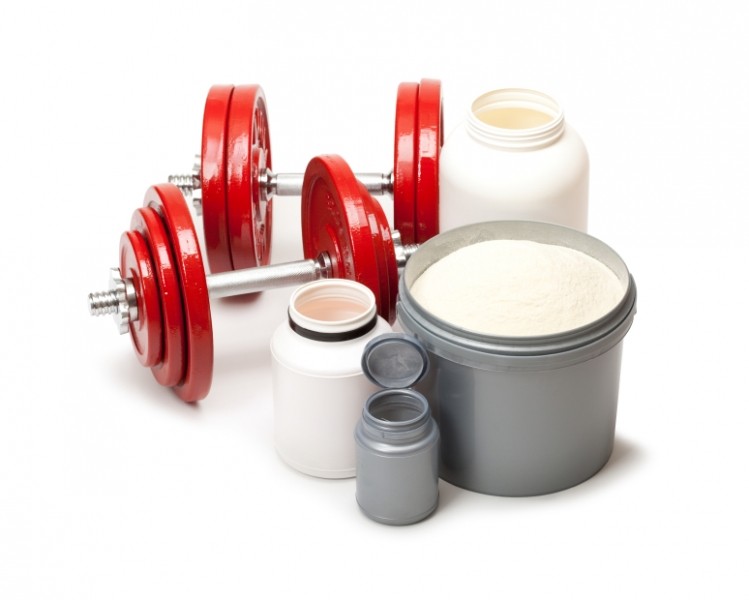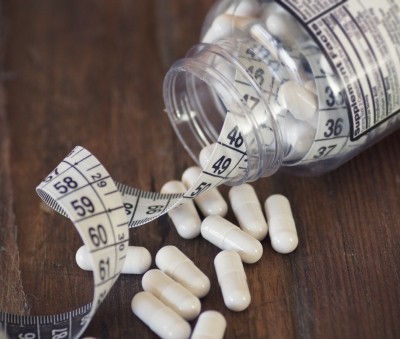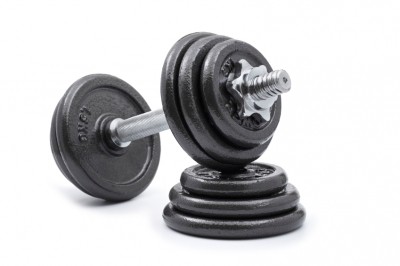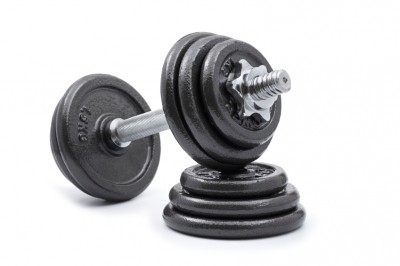ATP supplement may boost muscular adaptations after resistance exercise: Study

ATP (adenosine-triphosphate) is the energy source for tissues, but it also has also been proposed to have functions beyond energy.
Data from 21 healthy active adults indicated that 400 mg of Peak ATP per day for 12 weeks was associated with increased total body strength and greater muscle thickness, according to findings published in Nutrition & Metabolism.
Previous research from the same team indicated that the branded ingredient Peak ATP may speed the recovery rate from exercise and ease muscle fatigue. Those findings were published in the Journal of the International Society of Sports Nutrition.
Missoula, Montana-based TSI Health Sciences developed the proprietary Peak ATP ingredient. TSI partly funded the new study and it was conducted at Iowa State University.
“The collective findings of our current study suggest that oral supplementation with ATP in combination with high intensity, periodized resistance-training program, increases muscle mass, strength, and power compared with a placebo-matched control,” wrote the researchers, led by Jacob Wilson.
“Moreover, when faced with greater training frequencies, oral ATP may prevent typical declines in performance that are characteristic of overreaching.”
Study details
The new study was led by researchers from the University of Tampa, and performed in collaboration with scientists from clinical research company Metabolic Technologies, Inc., the University of Missouri, AP Nutrition, LLC (Missoula, MT), Metabolia Oulu (Finland), the University of São Paulo (Brazil), IMG Academy (Bradenton, FL), and Iowa State University.
All participants underwent a periodized resistance-training program, and this was followed by a two week overreaching cycle. Throughout the study participants were randomly assigned to receive the ATP supplements or placebo.
Results showed that the ATP supplements were associated with an increase in total body strength of 55.3 kg, compared with an increase of 22.4 kg in the placebo group. Vertical jump power also increased in the ATP group, compared with placebo (15.3 and 11.5%, respectively). Finally, ultrasound measurements indicated that muscle thickness increased more in the ATP group, compared (4.9 and 2.5mm, respectively).
The ATP group also experience lower protein breakdown, said Wilson and his co-workers.
“To our knowledge, this study represents the first formal investigation of the effects of oral ATP supplementation on lean body mass and muscle thickness following a chronic resistance-training program,” they said.
“Our results indicated greater increases in lean body mass and muscle thickness in response to oral ATP versus placebo.
“In addition to ATP’s capacity to buffer fatigue during repeated high volume sets and increase total training volume, the supplement may increase skeletal muscle blood flow, thereby enhancing muscle oxygen recovery.”
Commenting on the bioavailability of ATP and the mechanisms of action observed in this study, Wilson and his co-workers wrote: “Overall, due to the nature of the ATP molecule, its bioavailability is quite difficult to determine.
“While our results suggest that oral ATP supplementation can significantly impact athletic performance, skeletal muscle hypertrophy and recovery, the current study did not utilize methodologies to investigate the potential mechanism(s) for the ergogenic effects we observed.”
Welcome
The results were welcomed by Larry Kolb, president of TSI USA, Inc., a division of TSI Group, as "gratifying but not at all surprising."
“ATP’s role as the primary intracellular energy source is well established,” said Kolb. “We're pleased to have additional confirmation that PEAK ATP offers multiple advantages over existing ingredients in the popular category of vasodilators.”
Source: Nutrition & Metabolism
2013, 10:57, doi:10.1186/1743-7075-10-57
“Effects of oral adenosine-5′-triphosphate supplementation on athletic performance, skeletal muscle hypertrophy and recovery in resistance-trained men”
Authors: Wilson JM, Joy JM, Lowery RP, Roberts MD, Lockwood CM, Manninen AH, Fuller JC, De Souza EO et al.
















